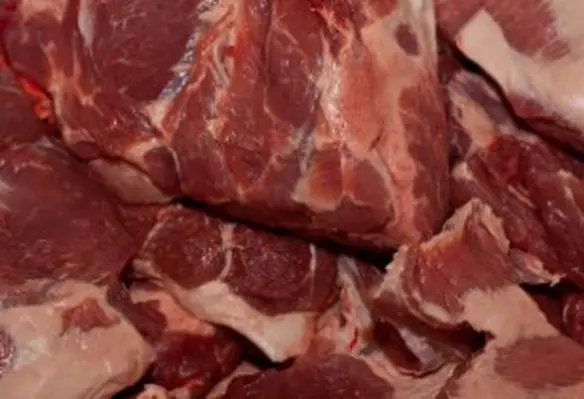The large majority of meat, fish and dairy suppliers are failing to manage critical business risks including greenhouse gas emissions and antibiotic use, according to the Coller FAIRR Protein Producer Index
This is a new index for investors analysing how a US$300bn group of 60 global food companies are managing critical environmental, social and governance (ESG) risks.
In total, 52 per cent of the Index (32 companies) are based in Asia including the largest by market cap: Inner Mongolia Yili.
The global ranking is produced by the US$6.1 trillion investor network FAIRR which lists Aviva Investors and Schroders among its members. The Index aims to improve corporate disclosure on sustainability issues by all major livestock, dairy and farmed fish producers to help investors capitalise on risks and opportunities in the sector.
The Coller FAIRR Index finds:
Asian livestock producers are showing leadership on food safety
Despite concerns of a new strain of H7N9 bird flu reported to be emerging in Chinese poultry, 44 per cent of the Index companies given the top ranking on food safety are from Asia. Inner Mongolia Yili (China), Vietnam Dairy (Viet), WH Group (China) and CPF (Thailand) are among nine companies praised for the traceability of food products and feed production.
China and wider Asia are failing on antibiotics
China is the world’s largest consumer of antibiotics in livestock production, yet 15 out of 16 of the meat, fish and dairy companies assessed by the Index are given the worst ‘high risk’ ranking for having little or no measures in place to reduce excessive use of antibiotics. Of all 32 Asian companies assessed, 97 per cent are ranked ‘high risk’ on antibiotics, compared to 10 per cent of European companies assessed.
Asian animal agriculture undermining Paris agreement
The global food supply chain is estimated to be responsible for over a quarter (26 per cent) of global GHG emissions, and Asian meat, fish and dairy suppliers sit at the heart of it. About 90 per cent of the Asian Index companies were ranked ‘high risk’ for failing to manage or disclose their GHG emissions. This compares to only 50 per cent of peers in Europe.
China Mengniu Dairy and Vietnam Dairy are both highlighted for diversification into plant-based alternatives to animal protein. For example, China Mengniu Dairy’s joint venture with WhiteWave Foods has helped to develop their plant-based dairy production.
Maria Lettini, director of the FAIRR Initiative, said, “Investors in Asia will be encouraged by rising standards in areas like food safety. However, the failure to manage issues such as climate risk and the misuse of antibiotics is cause for concern. On antibiotics alone, the Coller FAIRR Index shows that most Asian meat, fish and dairy producers are ignoring the calls from regulators, health professionals and the financial community to manage and reduce their use of antibiotics. That failure puts both global public health and their business models at risk.”
One of the sustainability criteria assessed by the Index is ‘deforestation and biodiversity loss’ and Asian companies scored poorly in this area too. In total 97 –per cent of Asian companies, including all China-based companies, are ranked as high-risk on deforestation. Chinese companies are exposed to deforestation risks in their feed supply chains. By 2026, China’s soybean imports – a significant feed commodity – is expected to increase by 143mn tonnes, 48 per cent more than the amount the current leading soybean producer (Brazil) will export.
Rebecca Lewis, partner at asset management firm Arisaig Partners, commented, “This new Index offers investors both the opportunity to see how best practice is emerging in countries such as China, Vietnam and Thailand, and a reminder to keep a close eye on the long-term risks and unpriced externalities inherent in livestock and fisheries assets in Asia.”





